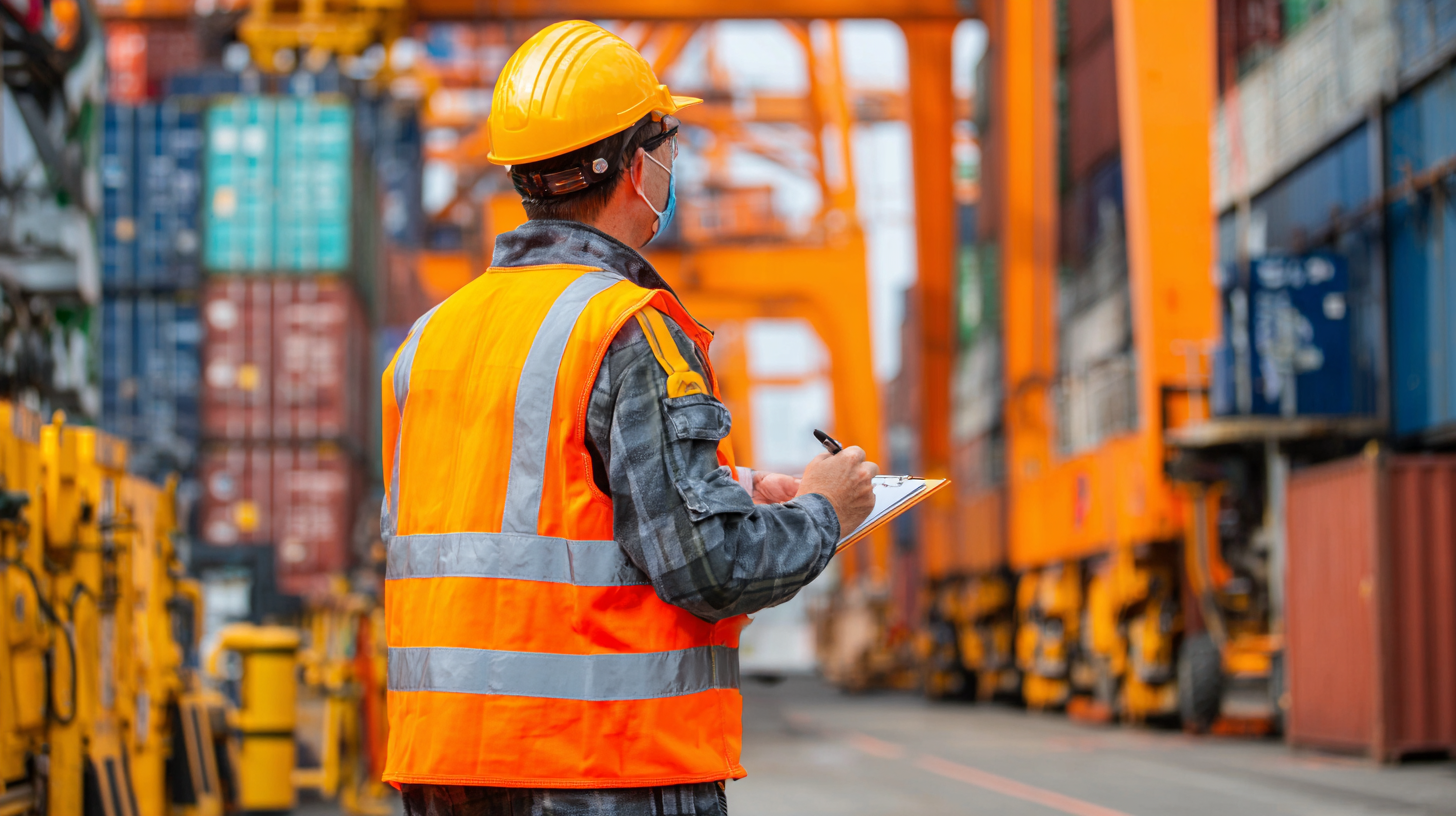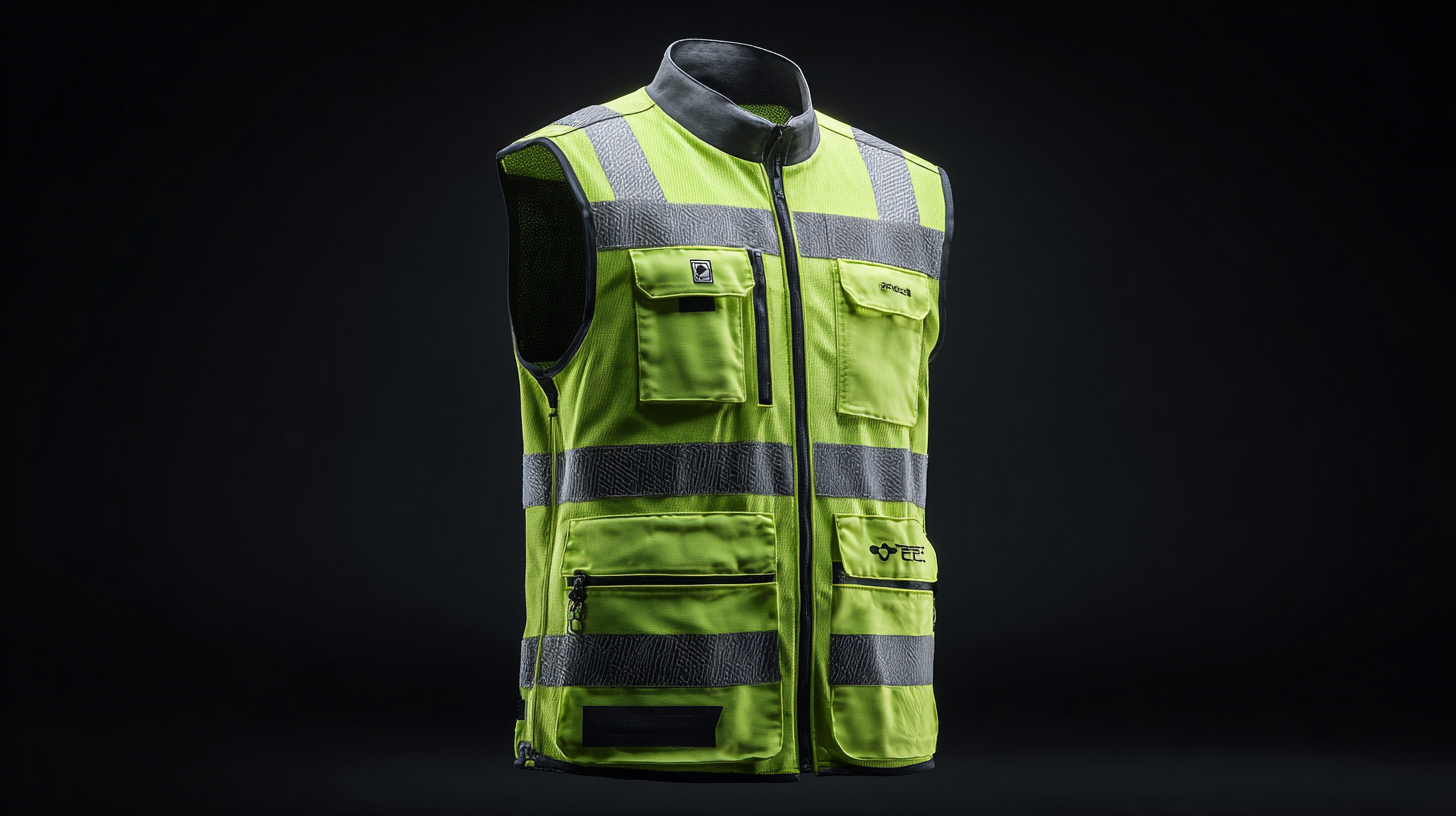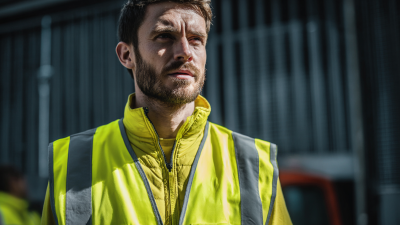As the 138th Canton Fair approaches in 2025, industry players are gearing up to explore emerging trends and innovations, particularly in the realm of safety apparel. One key item drawing significant attention is the Hi Vis Vest, a crucial piece of equipment designed to enhance visibility and ensure safety in various environments. This year's fair promises to showcase a diverse range of Hi Vis Vests from different manufacturers, reflecting the latest advancements in materials, designs, and functionalities.

As safety regulations become increasingly stringent across industries, the demand for high-quality safety gear, especially Hi Vis Vests, is anticipated to rise. Buyers and suppliers will have the opportunity to connect and discuss not only the durability and comfort of these vests but also their applications in diverse sectors such as construction, emergency services, and event management.
The 138th Canton Fair thus stands as a pivotal platform for industry professionals to network, collaborate, and rethink safety strategies for the evolving landscape of work environments.
The emergence of innovative materials in the production of Hi Vis vests is set to transform the market, especially highlighted at the 138th Canton Fair in 2025. With the growing emphasis on safety and sustainability, manufacturers are increasingly integrating lightweight composite structures into their designs. Recent market reports indicate that the high visibility clothing market is projected to expand significantly, with an estimated growth rate of over 5% annually through 2032. This growth is driven partly by innovations in materials that enhance durability while maintaining the essential visibility features of Hi Vis vests.
Moreover, advancements in sustainable materials, such as recycled fabrics and environmentally friendly coatings, are becoming pivotal in attracting eco-conscious consumers. Companies are embracing these innovations as part of their commitment to reducing environmental impact. For instance, the integration of low-carbon materials is now a key aspect of market strategy, as brands aim to meet the rising demand for sustainable options. This shift not only aligns with industry trends but also responds to regulatory pressures for higher environmental standards, ensuring that Hi Vis vests are not only practical but also align with sustainable practices in production and application.
As the 138th Canton Fair approaches in 2025, the focus on sustainability trends within the hi vis vest industry has never been more pronounced. Manufacturers are increasingly adopting eco-friendly materials, such as recycled fabrics and biodegradable components, to align with global efforts towards reducing environmental impact. This shift not only addresses consumer demand for sustainable options but also enhances corporate responsibility among businesses looking to improve their brand image.

Additionally, innovations in production processes are playing a vital role in promoting sustainability. Companies are utilizing energy-efficient technologies and focusing on minimizing waste during manufacturing. With the rise of smart textiles, some manufacturers are also exploring the integration of sensors and reflective materials that enhance safety while adhering to strict environmental standards. The emphasis on sustainability at the Canton Fair will showcase how the hi vis vest industry is evolving, reflecting broader societal values towards eco-consciousness, safety, and quality.
As the 138th Canton Fair approaches in 2025, industry experts are keenly analyzing consumer preferences and demand in the Hi Vis vest market. The Global Safety Apparel Market Report indicates a projected growth rate of 5.4% from 2023 to 2028, driven predominantly by increased safety regulations in construction and manufacturing sectors. Hi Vis vests, a staple in personal protective equipment (PPE), are particularly in demand due to rising awareness of workplace safety and innovation in materials that enhance visibility and comfort.
Recent surveys reveal that over 70% of workers in hazardous industries prefer Hi Vis vests that combine high visibility with functional features like breathability and moisture-wicking fabrics. Additionally, a notable shift towards environmentally friendly production methods has emerged, with more consumers expressing preference for vests made from sustainable materials. According to a report by ResearchAndMarkets, the market for eco-friendly safety apparel is expected to reach $1.3 billion by 2026, highlighting the need for manufacturers to adapt to evolving consumer values and sustainability trends in the Hi Vis segment.
The 138th Canton Fair in 2025 will showcase significant advancements in the design and functionality of high visibility (hi vis) vests, reflecting the industry's response to evolving safety standards and user requirements. According to a report by ResearchAndMarkets, the global market for personal protective equipment (PPE), which includes hi vis vests, is expected to reach $59 billion by 2025, with a compound annual growth rate (CAGR) of 6.2%. This growth is driven by technological innovations that enhance the visibility and comfort of these essential safety garments.
Recent technological breakthroughs focus on integrating smart textiles and IoT capabilities into hi vis vests. For instance, manufacturers are now employing retro-reflective materials that significantly increase visibility in low-light conditions while also incorporating breathable, moisture-wicking fabrics for improved comfort. A study published in the Journal of Safety Research highlights that workers wearing advanced hi vis apparel are 35% less likely to be involved in accidents compared to those in traditional gear. This underscores the critical role that technological advancements play in enhancing safety and efficiency on job sites, especially in sectors such as construction and logistics. As we progress toward the Canton Fair, the emphasis on innovative hi vis solutions is poised to set new industry benchmarks.
| Feature | Description | Trend Level | Expected Impact |
|---|---|---|---|
| Lightweight Materials | Use of advanced polymers for increased comfort | High | Improved comfort for all-day wear |
| Smart Technology | Integration of sensors for real-time monitoring | Medium | Enhanced worker safety through data collection |
| Eco-Friendly Production | Sustainable materials to reduce environmental impact | High | Positive brand image and compliance with regulations |
| Customizable Designs | Ability to tailor vests for specific needs and industries | Medium | Increased worker satisfaction and efficiency |
| Enhanced Visibility | Improved reflective materials for better safety | High | Reduced accidents in low-light conditions |
At the 138th Canton Fair in 2025, the global supply chain challenges significantly impacted the availability of hi vis vests, a staple in the safety apparel industry. According to a recent report by MarketsandMarkets, the global market for high visibility clothing is projected to reach USD 1.5 billion by 2026, driven by stringent safety regulations and increasing demand from construction and manufacturing sectors. However, ongoing disruptions from geopolitical tensions and pandemic-related restrictions have led to delays in production and shipment, particularly for manufacturers relying on international supply chains.
The shortage of raw materials has been a critical factor affecting the availability of hi vis vests. The International Textile Manufacturers Federation (ITMF) reported a 15% increase in cotton prices in early 2025 due to agricultural challenges and logistic bottlenecks. This surge in input costs not only affects manufacturing timelines but also leads to higher retail prices, making it difficult for suppliers to meet demand within the competitive environment of the Canton Fair. Additionally, a survey conducted by the Supply Chain Management Association highlighted that 70% of companies have experienced disruptions in their supply chains, further complicating the procurement of essential materials for hi vis vest production.







